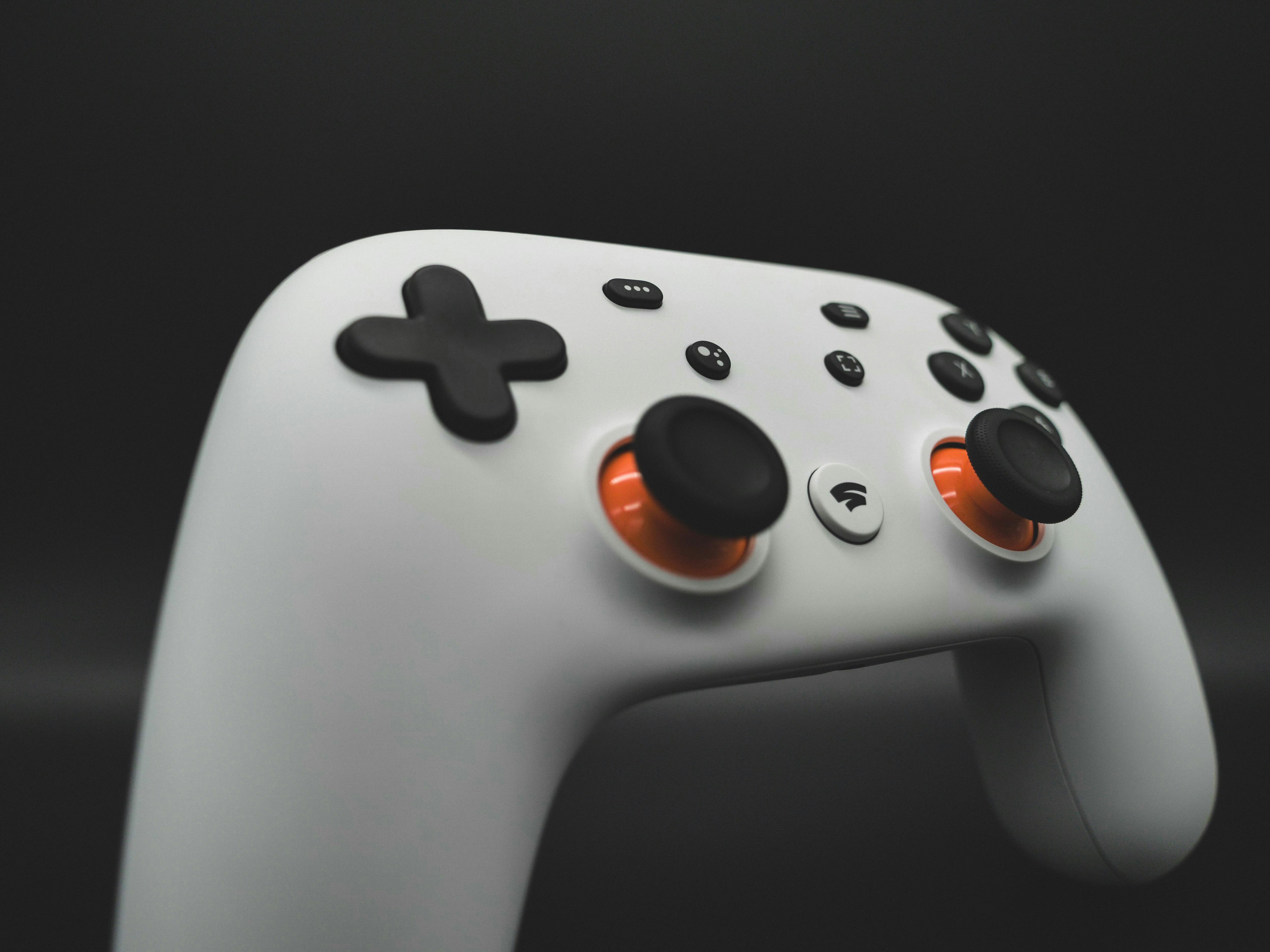How does a pressure switch on a washing machine work?
Typically, washer pressure switches have a large sensing diaphragm approximately 60mm in diameter and three quick-connect male terminals. One connection is common, while the others are for normally open (NO) and normally closed (NC) connections. A set point adjustment mechanism is incorporated (directly controlled by the “water level” knob) and the switch opens and closes with audible clicks.
(Note that if the washer has digital controls, rather than a mechanical switch, it almost certainly uses an electronic variable pressure sensor to sense the water level. These three-wire sensors are easy to interface, but we’ll leave them for another time). weather).
Washer pressure switches directly control the hot and cold water inlet solenoids and are therefore rated for fairly high currents – 15A @ 230VAC is typical. So for low voltage DC applications the switches can certainly cope with (say) 5A. This means that for most loads a relay will not be needed.
Dishwashers use pressure switches that are similar to those used in washing machines. However, instead of having one switch point, they have multiple levels. For example, a two-position switch can switch at 10 cm and 15 cm of water, while a three-position switch can activate at 15 cm, 25 cm and 35 cm of water.
These switches also look a lot like pressure switches on washing machines, except they have multiple electrical terminals (six or even nine) and no external level adjustment. However, some have screwdriver adjustment for both trigger levels and hysteresis.
When removing the pressure switch from a washer, be careful not to
remove the adjustment mechanism, it is often part of the bracket that holds the switch in place! As for identifying the pressure switch, that’s easy. Nine times out of 10, it’s directly behind the “water level” adjustment knob on the top control panel of the machine. If the machine is upside down or partially destroyed, follow the sensor tube from the bottom of the wash tub. And while you’re at it, it’s often worth looking for the tube as well, which is usually a high-quality plastic hose. You never know when it might come in handy, on the contrary, dishwasher pressure switches are usually buried under the stainless steel drum. Because they are not externally adjustable, they do not need to be located near the control panel.
Depending on your application, you may want your salvaged pressure switch to operate at pressures other than its standard range. That’s not hard to do if you have a washer pressure switch, as they’re pretty easy to modify. But if you remove the setting
bracket, you can access the internal spring that sets the sensitivity. For example, by using a very light spring (i.e. one that provides enough force to return the diaphragm to its unfired position when the
pressure is removed), it is possible to make a switch trip in only 5 cm of water (~0.5 kPa or 0.08 psi). The external setting would normally give a range of approximately 5cm to 7.5cm of water, but of course this will vary depending on the unit and spring used. Put a stiffer spring and adjust
range becomes larger. Although we haven’t tested it, it could probably prevent the switch from closing until it has 15-20kPa pressure. Please note, however, that the rubber diaphragm is not designed to withstand these
pressure levels, so there may be some long-term reliability issues.
So what uses can be made of these switches? That depends on your imagination, but here are some suggestions:
(1). Control of an electric water pump
– for example, to keep a container full of water. Just like in a washing machine, the depth of the water can be detected from a hose attached to the base of the bowl.
(two). Providing a low-water level warning, for example, the switch could be used to activate a buzzer or light if the liquid level in a tank falls below an adjustable point.
(3). Provide water level indication, for example by using a dishwasher pressure switch to activate LEDs or lights to indicate the level of water in a tank. By using two dishwasher switches and adjusting their individual setpoints, it’s easy to have six indicated levels. However, you will need a lot of cables to connect the switches to your screen.
(4). Vehicle movement detection by means of a washing machine pressure switch. The switch would be activated by air pressure when the vehicle crosses a hose. Just remember to plug the end of the hose that is not connected to the switch! So there are four applications, but there are many more. These sensitive switches are certainly worth saving!
